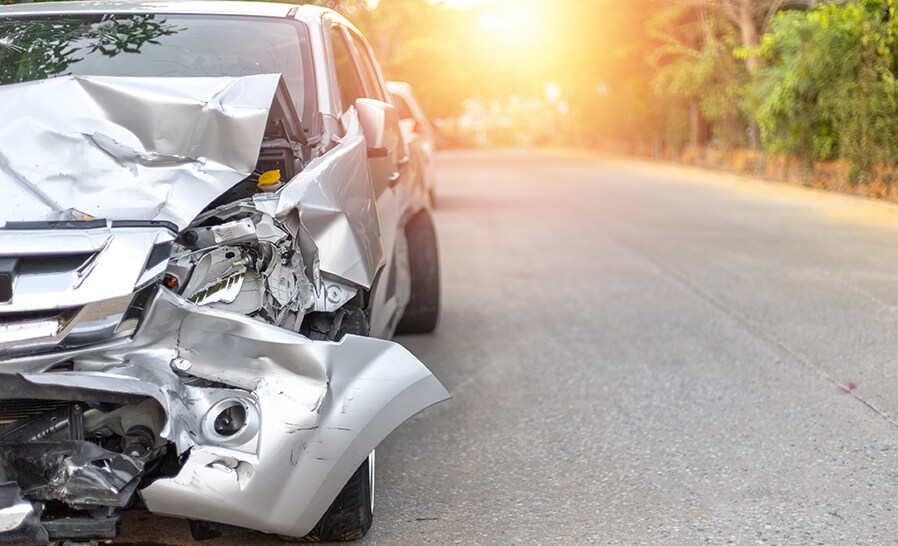You may not have your senses about you after having had a car accident. In Kentucky, there are certain steps that you should follow.
Getting Legal Advice
The process can be complex, especially if there are multiple parties involved. The best course of action is to take advantage of a free-initial consultation offered by an attorney. That’s a good beginning to get some good advice about how to proceed. You’ll need to protect your interests, and a lawyer is best suited to guide you.
What Does No-Fault Mean?
No-fault insurance is where you file claims under your own insurance policy rather than the other parties’ policies. To be able to file suit against another party, your situation has to match certain criteria. A lawyer can advise you regarding those criteria.
What About Comparative Fault?
Comparative fault means that it’s possible for you to collect damages even if you’re partly at fault for the accident. For example, let’s say that you forgot to check your mirrors before making a turn. Some guy runs a red light and smashes into you. Hypothetically, the judge could say that you were 10% responsible for the accident, which means that you would still collect 90% of the damages to which you’re entitled.
This comparative fault can also apply if any of the other people involved file suit against you at the same time. With the veritable Gordian Knot of insurance companies, lawyers, and other investigative agencies, having legal representation is very wise.
How Long Do You Have to Act?
When it comes to an insurance claim, there is no statute of limitations. There is, however, a two-year window to file suit against other parties The two years starts either at the date of the accident or the date when you receive your insurance payment, whichever is later.
Other Obligations
According to Kentucky law, any driver involved in an accident has responsibility to stop, aid the injured, move their vehicle, and contact the authorities. At the site of the accident, if you’re mobile and not seriously injured, then you must render aid to anyone who is incapacitated or nearly so. If there happen to be no injuries, then if it’s at all possible, you must move your vehicle off of the road or entrance/exit ramp while remaining close to the actual scene of the accident.
You must provide your vehicle registration information to anyone who is involved in the accident or to any first responders, such as police officers or firefighters. Even if you are unhurt, you must stay until the authorities arrive. Leaving the scene of an accident is generally a misdemeanor, but if someone died, leaving is a felony.







